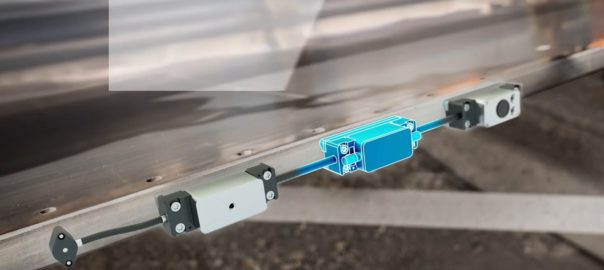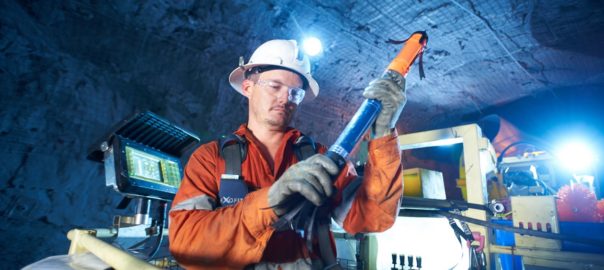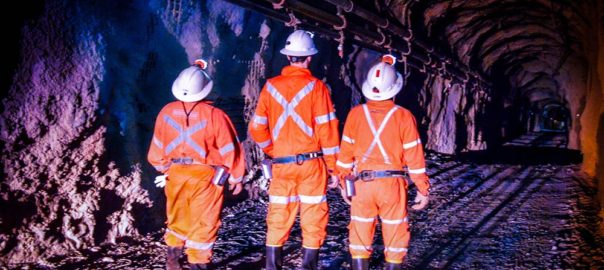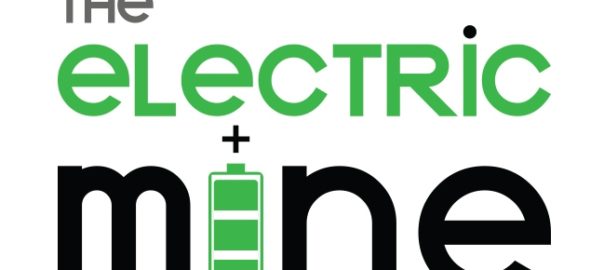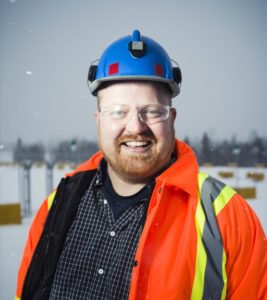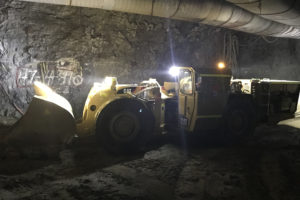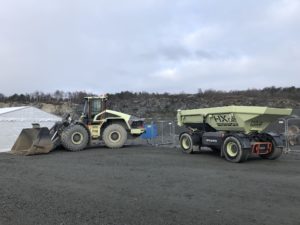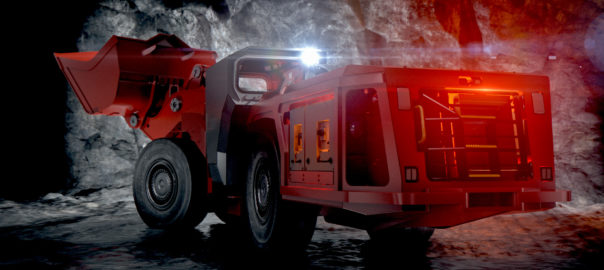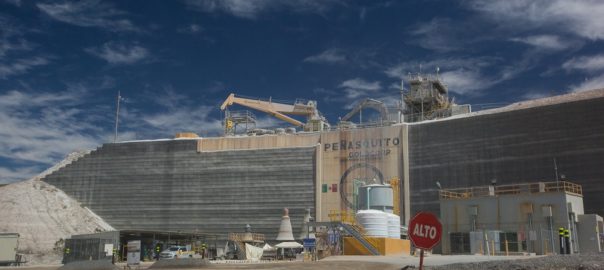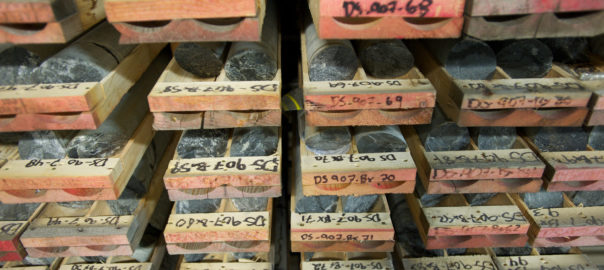Goldcorp has announced the three finalists selected to pitch to a panel of judges at the #DisruptMining 2019 live finale taking place around the PDAC event in Toronto, next month.
The trio includes companies looking at a new drilling approach that can unlock the value in narrow vein deposits; a unique way of training artificial intelligence (AI) to autonomously operate a mineral processing facility; and an Internet of Things application that increases the intelligence of belt conveyors used to transport material at mine sites, according to Goldcorp.
Todd White, Goldcorp Chief Operating Officer and Executive Vice President of Operations, said: “#DisruptMining continues to represent the best of innovation in the mining industry. These finalists demonstrate break-through thinking and help build digital momentum in mining. The industry needs to help accelerate the development of these kinds of technologies.”
After a technical review by a group from the University of British Columbia, shortlisted submissions were reviewed by senior Goldcorp representatives to determine semi-finalists and finalists for #DisruptMining, Goldcorp said. The three finalists pitching their disruptive technology to the panel of judges are:
- Anaconda Mining, a TSX-listed gold mining company operating in Atlantic Canada, has developed an innovative, two-stage drilling method that enables economic mining of narrow-vein deposits, according to Goldcorp. The technology, known as Sustainable Mining by Drilling (SMD), was developed in collaboration with Memorial University of Newfoundland. Goldcorp said: “SMD has the potential to unlock value in existing deposits that were previously thought to be uneconomic to mine using traditional underground or surface mining methods. The developers also expect this technology could extend the life of current operations by allowing safe excavation to occur beyond the limits of current designs”;
- ANDRITZ, a leading supplier of machines and automation solutions worldwide, has developed a unique and continuous way of training artificial intelligence to operate a mineral processing facility using ANDRITZ’s digital twin, Goldcorp said. “The AI is trained to respond to a variety of situations, making it capable of adapting to changing inputs and improving upset recovery time,” Goldcorp said. The trained AI’s ability to quickly process information and recommend data-driven solutions will allow for the improvement of the operation, such as start-up and shutdown, and assist operators to achieve plant-wide optimisation, and;
- Voith Turbo, a division of Voith GmbH & Co KGaA, whose IoT application BeltGenius (pictured) creates a digital twin of belt conveyors which provides real-time insight into the behaviour of the operation. “Resulting from a constant learning system, this information is used to identify potential risks and inefficiencies, allowing for greater uptime, more efficient energy use, predictive maintenance and optimisation of weight and speed,” Goldcorp said. With BeltGenius, mine sites can operate their belt conveyors with greater control and consistency, increasing their savings on repairs and material transportation costs while reducing the environmental impact of traditional haul trucks.
Deciding the fate of the three finalists will be Ian Telfer, Chair of Goldcorp; Katie Valentine, Partner at KPMG Australia and Global Head of Mining Consulting; Sue Paish, CEO of Canada’s Digital Technology Supercluster; Jacob Yeung, University of British Columbia student and #DisruptMining UBC Captain; and returning #DisruptMining judge Wal van Lierop, President & CEO, Chrysalix Venture Capital.
Co-hosted by KPMG, the #DisruptMining live finale will take place on Sunday, March 3, 2019 at the Rebel Entertainment Complex in Toronto during the PDAC convention. Each finalist will present a short pitch video followed by a Q&A with the judges, in front of a live audience of nearly 600 people, demonstrating how their concept or technology has the potential to #DisruptMining.
In addition to finalists, six semi-finalists will showcase their technologies at the #DisruptMining Innovation Expo. The Expo will take place on Sunday March 3, 2019, at the Rebel Entertainment Complex in Toronto.







